Elon Musk has decided to do what he does best every time the demand for Tesla electric cars plunge – cut prices. With competition heating up over the past year, especially against BYD, a Chinese carmaker which is backed by legendary investor Warren Buffet, Tesla welcomes the New Year 2024 with more price cuts for its Model 3 and Model Y cars in China.
And a week after the New Year price cuts in the Chinese market, the American EV (electric vehicle) manufacturer trimmed prices for its Model Y cars across several countries in Europe. In Germany, Tesla cuts the Model Y price by 4.2%-9.1%, while it was by 5.7%-6.7% in France, 4.3%-7.7% in the Netherlands, Norway (5.6%-7.1%), Italy (7.4%-9.2%) and Denmark (6.9%-10.9%).
In Germany, the basic Model Y rear-wheel drive model now sells for €42,990 (US$46,740) – about 4.2% discount (1,900 euros or US$2,065 cheaper). The Model Y Long Range now costs €49,990 euros (a whopping 5,000 euros or US$5,437 cheaper), lower by 8.1% from the previous price. The performance variants, meanwhile, are now available for 55,990 euros.
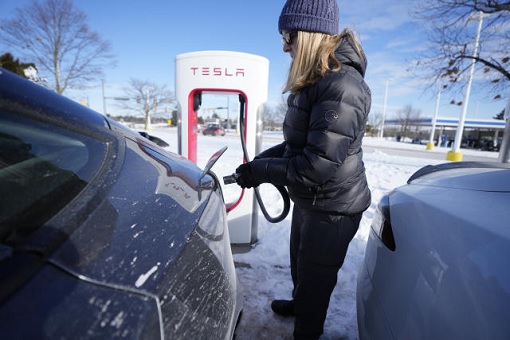
Not only BYD (Build Your Dream) gives Tesla a run for its money, Volkswagen also usurped Tesla as the EV king in its Germany, outselling the U.S. automaker last year with a market share of 13.5% (compared to Tesla’s 12.1%). Chinese car giant BYD has beaten Tesla for a second straight year as the world’s top seller of electric cars in 2023 – selling 3,024,417 vehicles compared to Tesla’s 1,845,985.
But billionaire Musk has a bigger problem than price competition or production suspension in Germany due to Red Sea shipping havoc. As dangerous freezing air from the Arctic, ice and snow continued sweeping across the United States, Tesla owners found to their horror how they had been stranded at charging stations in the cold with cars with dead batteries – unable to charge.
From Oregon on the west coast to New York state on the east coast and all the way down to Florida, the country was struggling with the effects of a weather system that hit tens of millions of people. The temperature plunged to as low as “-50 Fahrenheit” (-45 Celsius) in Montana and the Dakotas. Other parts of the country could see temperatures drop 25 to 40 degrees Fahrenheit below normal.
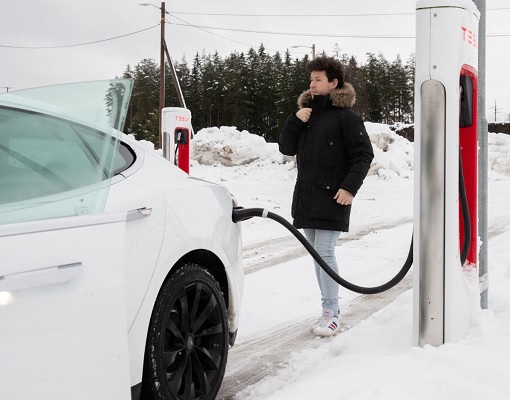
For those lucky enough to charge their Tesla, the charging was taking far longer than usual. Brandon Welbourne, a Tesla owner in the Evergreen Park area of Chicago, said – “It should take 45 minutes, but it’s taking two hours for the one charger that we have.” He said at least 10 cars had been towed away after their battery died, burning all the juices to keep the car warm while waiting for charging.
Tyler Beard, a Tesla owner in the satellite town of Oak Brook, Illinois, shared the story how his car remained at zero percent battery after attempting to charge it for three hours at a time for two successive days. Chalis Mizelle, another Tesla owner, had to abandon her car to ride with a friend after it failed to charge. She said – “This is crazy. It’s a disaster.”
She was not alone. The station’s refusal to do its job – joked and mocked as a bunch of dead robots – saw public charging stations turning into “car graveyards” because motorists were unable to power their vehicles, forcing them to leave the EVs there. Owner like Kevin Sumrak had to hire a tow truck and drove around looking for a charging station that worked in the freezing cold.
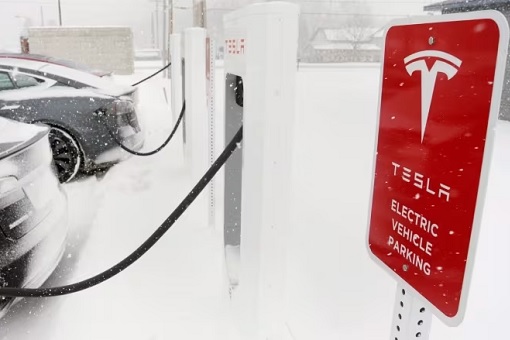
Tesla user manual said motorists should drive to a charging location 30-45 minutes away or precondition the battery before driving in order to adequately warm the battery so it can sustain charging. It also notes that “cold weather can increase energy consumption because more power is required for driving, cabin and battery heating,” – warning that a blue snowflake icon will appear when the battery is too cold.
However, the freezing temperature proves that Tesla isn’t any plug-and-go appliance. While you have to precondition the battery, meaning that you have to get the battery up to the optimal temperature to accept a fast charge, the preconditioning process itself also drains the battery. So, it could take forever to hit the optimal level as new battery juices would be used up as quickly while heaters were running.
It’s back to science and chemistry. Inside EV batteries, lithium ions flow through a liquid electrolyte, producing electricity. But they move more slowly through the electrolyte when it gets cold. Since electrons move more slowly, the battery can’t accept as much electricity from a charging plug, slowing down charging. The problem is that when temperatures plunge, batteries have to be warm enough for the electrons to move.
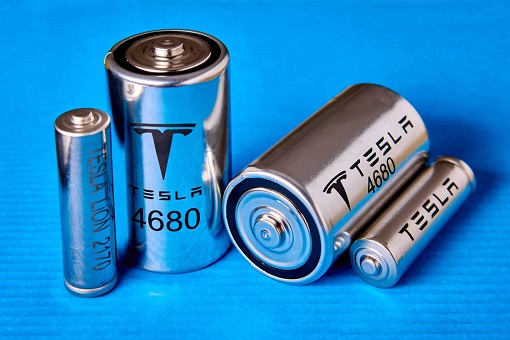
Sure, unlike cars with internal combustion engines, an electric vehicle has two batteries – a low-voltage and a high-voltage. However, in cold weather, even the lower-voltage 12-volt battery can lose its juice, resulting in the electric vehicle cannot charge at a fast charger until the low voltage battery has been jump-started. The charging infrastructure is simply outmatched by the extreme cold weather.
Besides recommending Tesla owners to keep their vehicle plugged in during extreme cold weather, and to maintain the battery juice of at least 20%, the company also advises defrosting the car and setting the cabin’s climate before attempting to drive to keep the battery warm. To avoid breaking a window, the owner should connect to an external, low voltage power supply before opening a door when the vehicle has no power.
Still, even if drivers obediently use its “scheduled departure” feature to register the start of a trip in advance, so the vehicle can determine the best time to start charging and preconditioning as advised by the Tesla user manual, it will be useless if charging stations don’t work or fully occupied with long queue. If you’re waiting in that line and you only have 50 miles, you’re not going to make it.
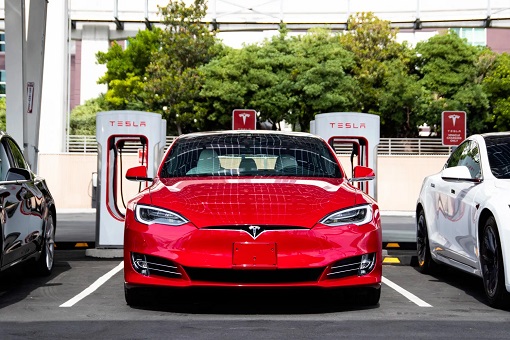
But why some countries like Norway, where nearly one in four vehicles are electric, does not face havoc like in the U.S.? That’s because Norway has built more charging ports, effectively reducing queuing at stations. In addition, the majority of people in Norway live in houses, not apartments, hence nearly 90% of electric vehicle owners have their own charging stations at home.
In the same breath, China has already installed 1.76 million EV charging stations – 60,000 new public charging stations built in 2023 alone. In comparison, the number of public and private electric vehicle (EV) charging ports in the U.S. was roughly about 160,000 only, where there are only 1,974 Tesla Supercharger stations with 21,852 Tesla Supercharger ports.
China also has a very popular solution, which hasn’t yet caught on in the U.S. – battery swapping. Battery swapping involves switching dead batteries for ones that are fully charged, rather than the more common method of simply recharging. Nio, for example, owns and operates the world’s largest battery swapping network for EVs, with more than 2,100 stations providing over 32 million battery swaps to date.
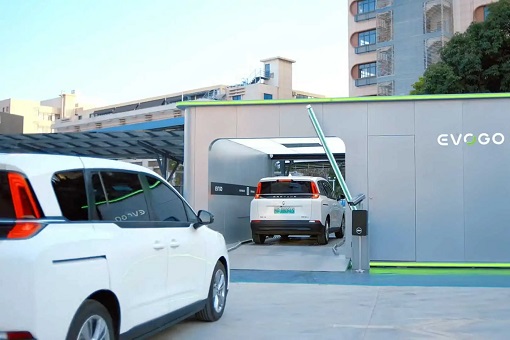
In January 2022, Chinese battery giant CATL rolled out a battery-swap service – EVOGO – where consumers can change the batteries of electric vehicles (EVs) in one minute, the same way you replace AAA-batteries in your TV remote control. The new product would help EV drivers overcome range anxiety while tackling the problem of “inconvenience” to recharge batteries, as well as high purchasing and driving costs.
The Chinese company, which supplies batteries to most of the world’s carmakers, including Volkswagen, BMW, and Tesla, said the programme gives customers the opportunity to rent one to three blocks to meet different range requirements at swap stations. One block is typically sufficient for city driving, while the battery maker recommends two to three blocks for longer journeys.
In June last year, Chinese startup Greater Bay Technology reveals its new “Phoenix” battery, which can charge from 0% to 80% in six minutes regardless of the outside temperature thanks to its ability to heat the battery pack. The problem is the Biden administration has issued new rules to prevent Chinese firms from supplying parts for electric cars to America.
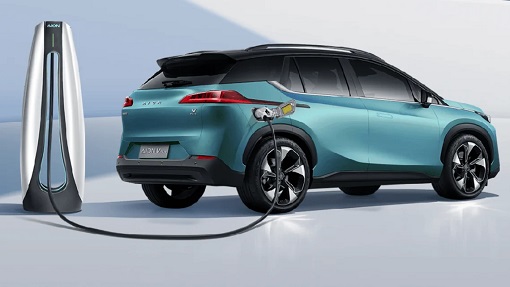
Other Articles That May Interest You …
- BYD Beats Tesla Again – How The U.S. Carmaker Lost Its Crown As World’s Top Electric Vehicles Manufacturer
- Sodium-Ion Battery – How China Supercharge Rechargeable Batteries To Dominate The Next Big Technology
- Electric Car As Cheap As $11,000 – How China Beats The U.S. In Electric Vehicles & Leaves Global Brands In The Dust
- Volvo Will Sell Only Electric Cars By 2030 – And You Can Only Buy It Online
- Learn From China – Mahathir Has To Dismantle Discrimination & Racist Economic Policy First
- If Proton Has The Quality Of Volkswagen Or Toyota, People Will Not Dump The National Cars
- Third National Car, The Unfinished Business – Why Mahathir Should Wake Up & Stop Hallucinating
- China Geely Introduces Meritocracy – But Handicapped Proton “Bumiputeras” Aren’t Happy
- 80% Cheaper To Take Robo-Taxi – The Next Car You Buy Could Be Your Last
- Delivering 310 Miles (499-KM) – Tesla Model 3 Could Be As Successful As iPhone
- Australia Will Get World’s Largest Battery – Free – If Musk Fails Within 100 Days

|
|
January 19th, 2024 by financetwitter
|


|

|

|

|

|

|
Comments
For those stranded out in the cold by Tesla, China makes those delightful self-waring gloves that would definitely come in useful for those long hours waiting for rescue that don’t show up.
You just take out the gloves out of your pocket, give them a shake and within a couple minutes they become warm like blazing miracle.
Some folks carry extra gloves to warm the testicles. Don’t know why but in extreme cold they may become icicles.






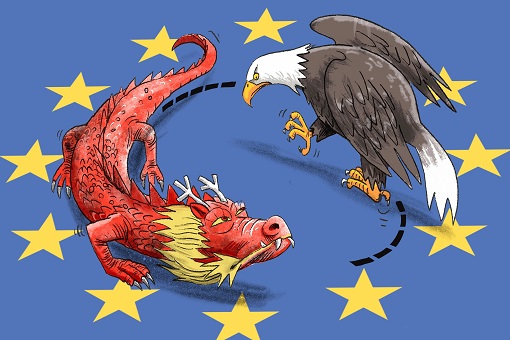





















We shouldn’t rejoice, even without the cold weather, owners of the Protons, ie. the Protons not made by our Chinese uncles are stranded all over the country and all the time, Alhamdullilah!
We should seriously consider getting our Chinese uncles to come make aircraft parts too, or people will be stranded all over the world, cold or not!
Only thing our Chinese uncles can’t help out with is materialising and recovering our super-stealthy LCS, that’s stranded in some no man’s land in Fantasy Malaysia, Aho…